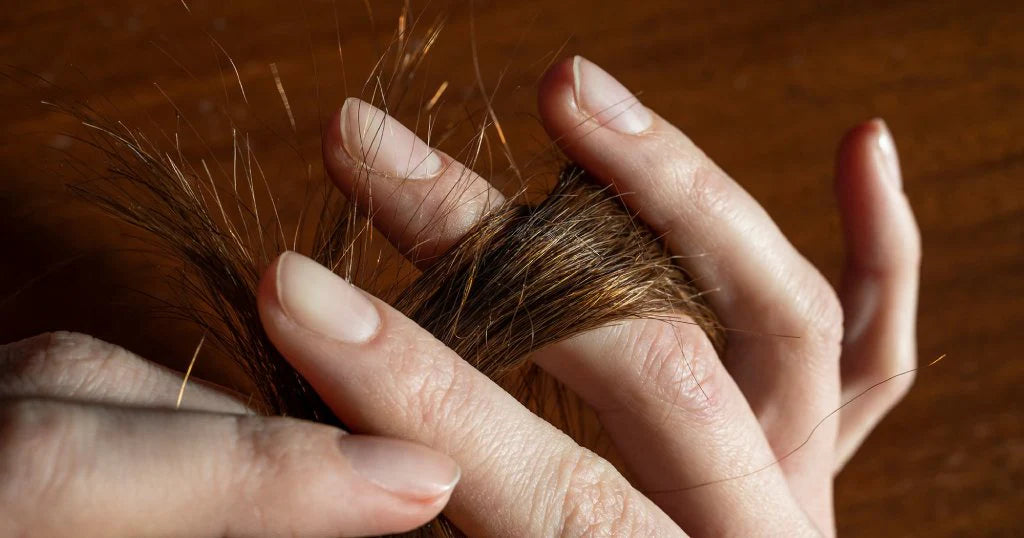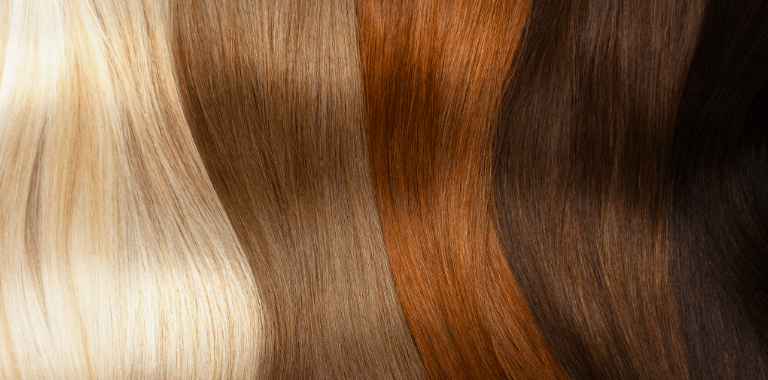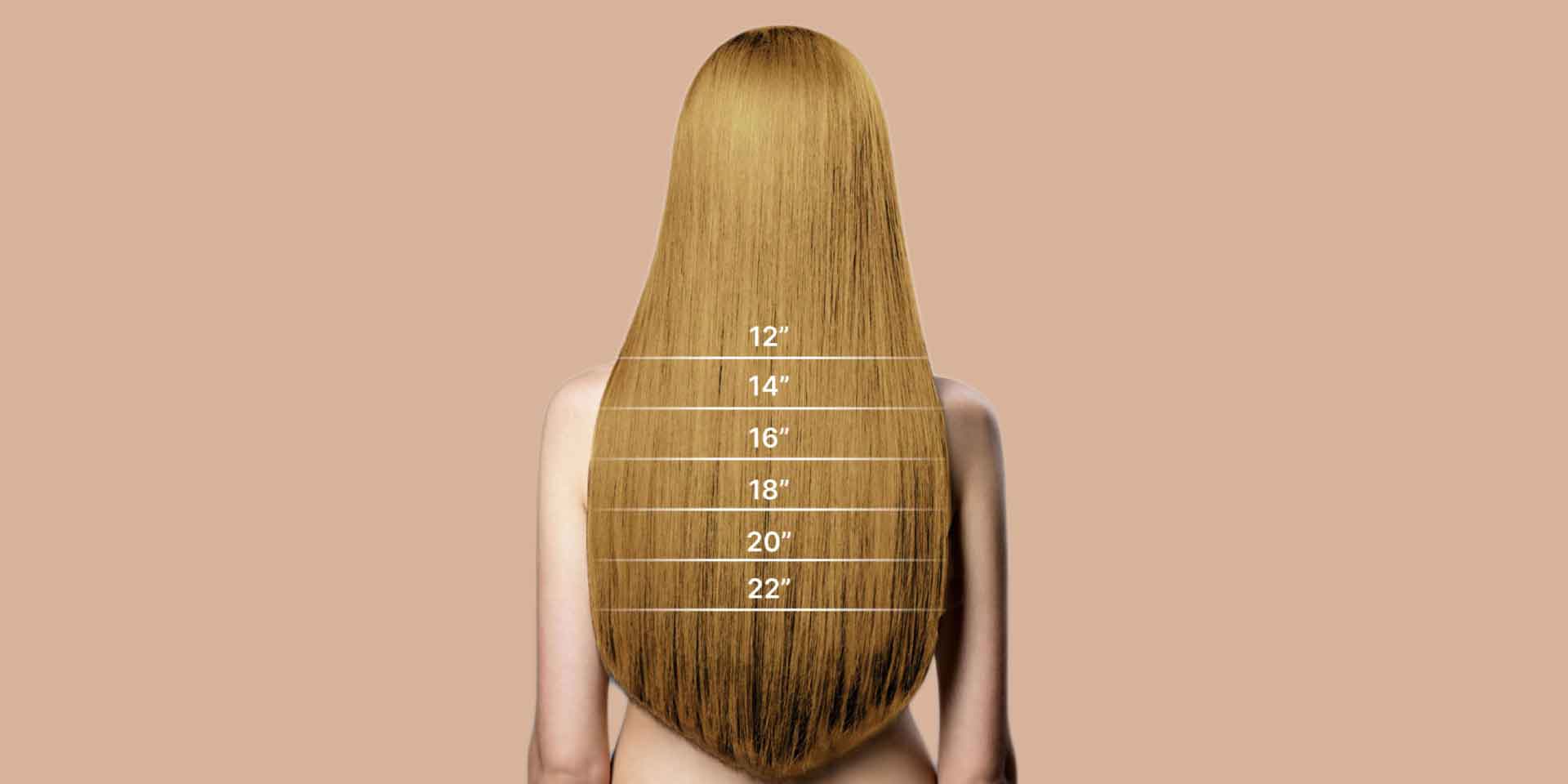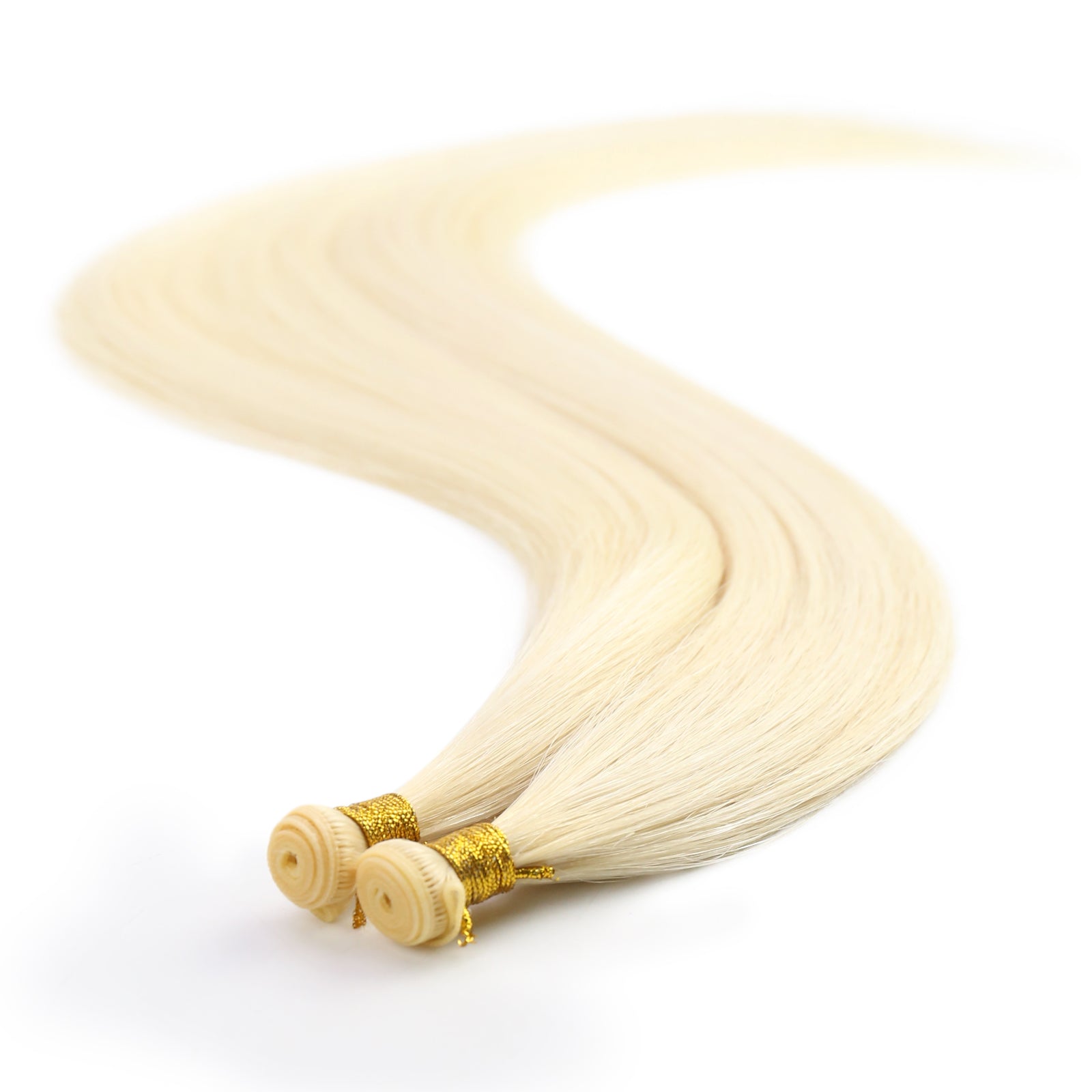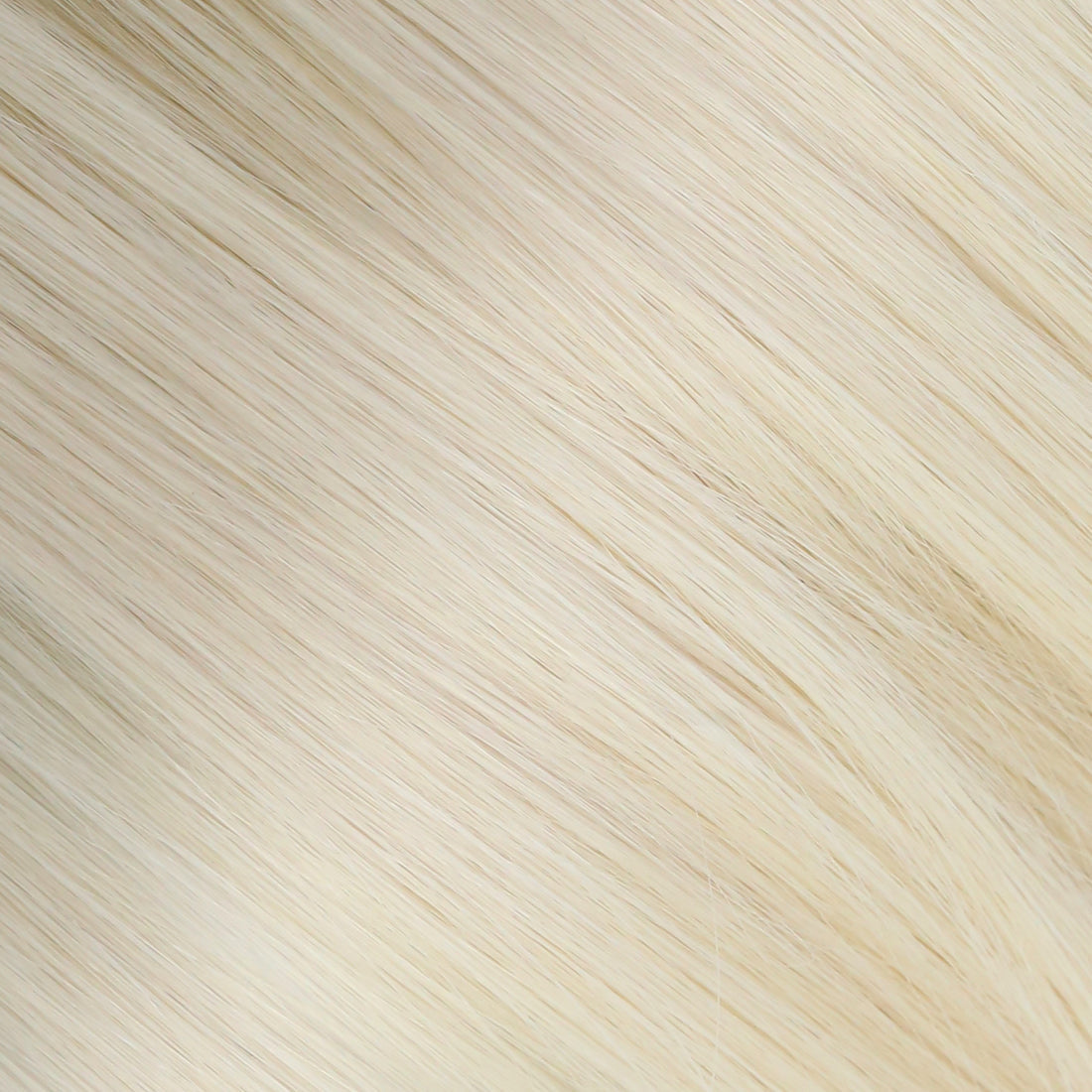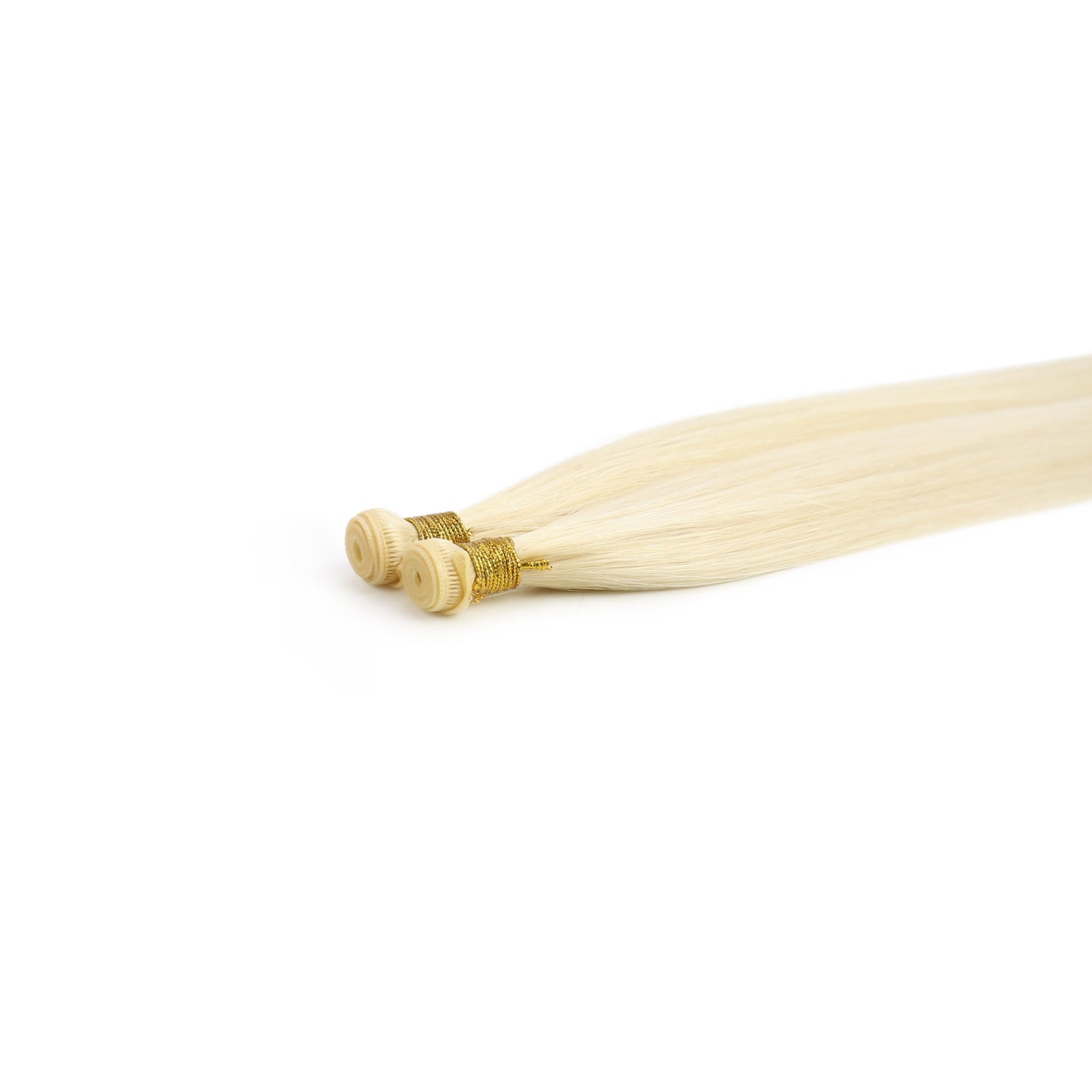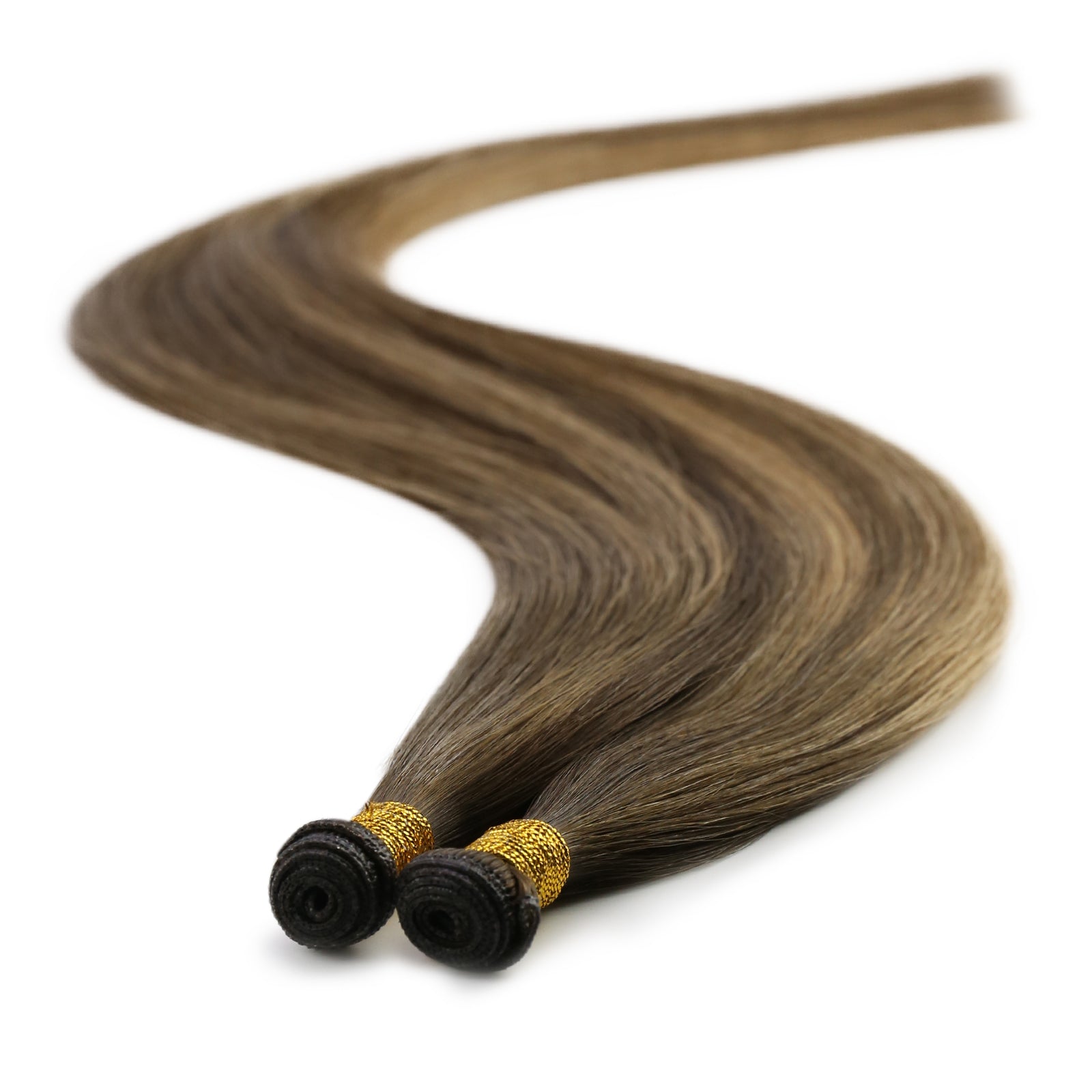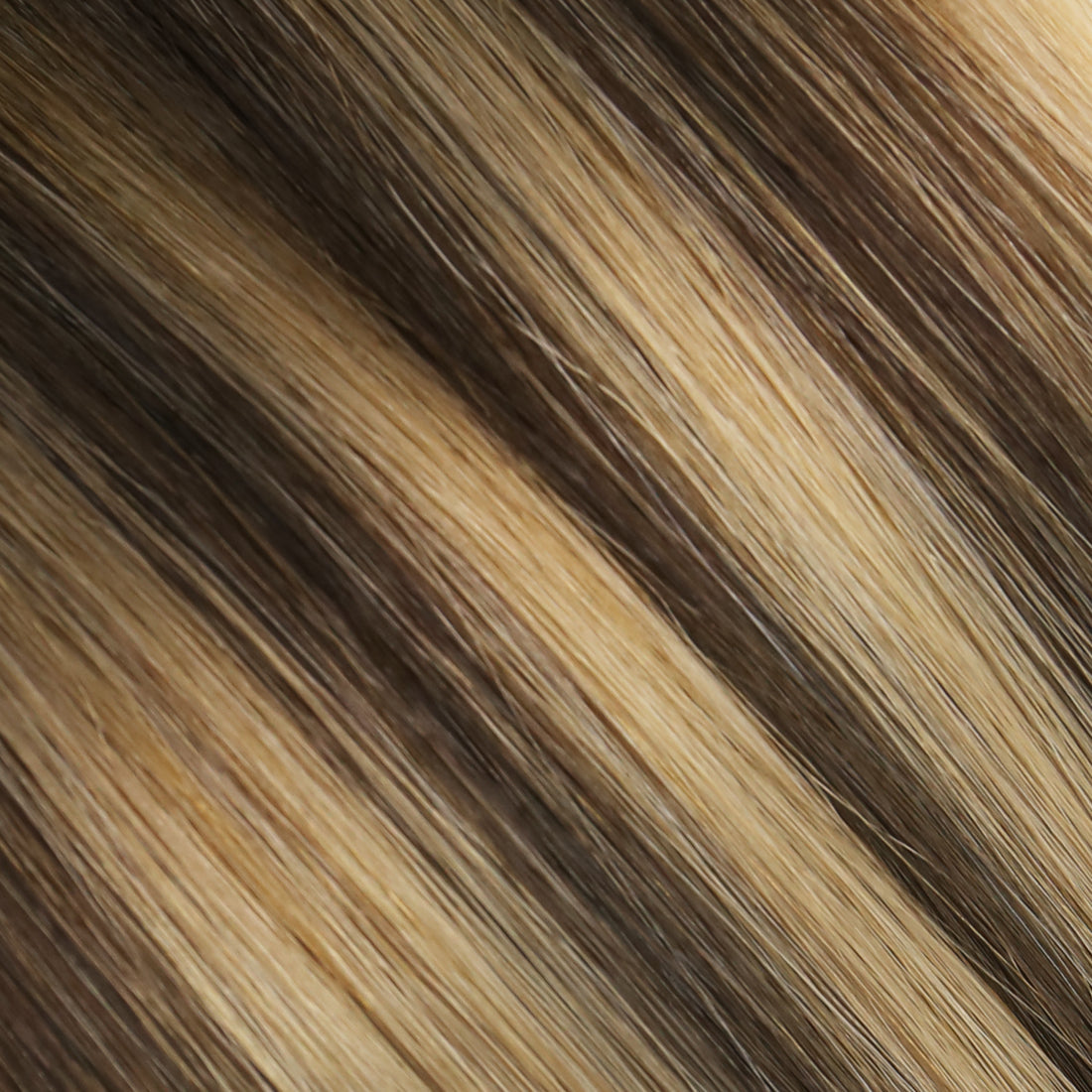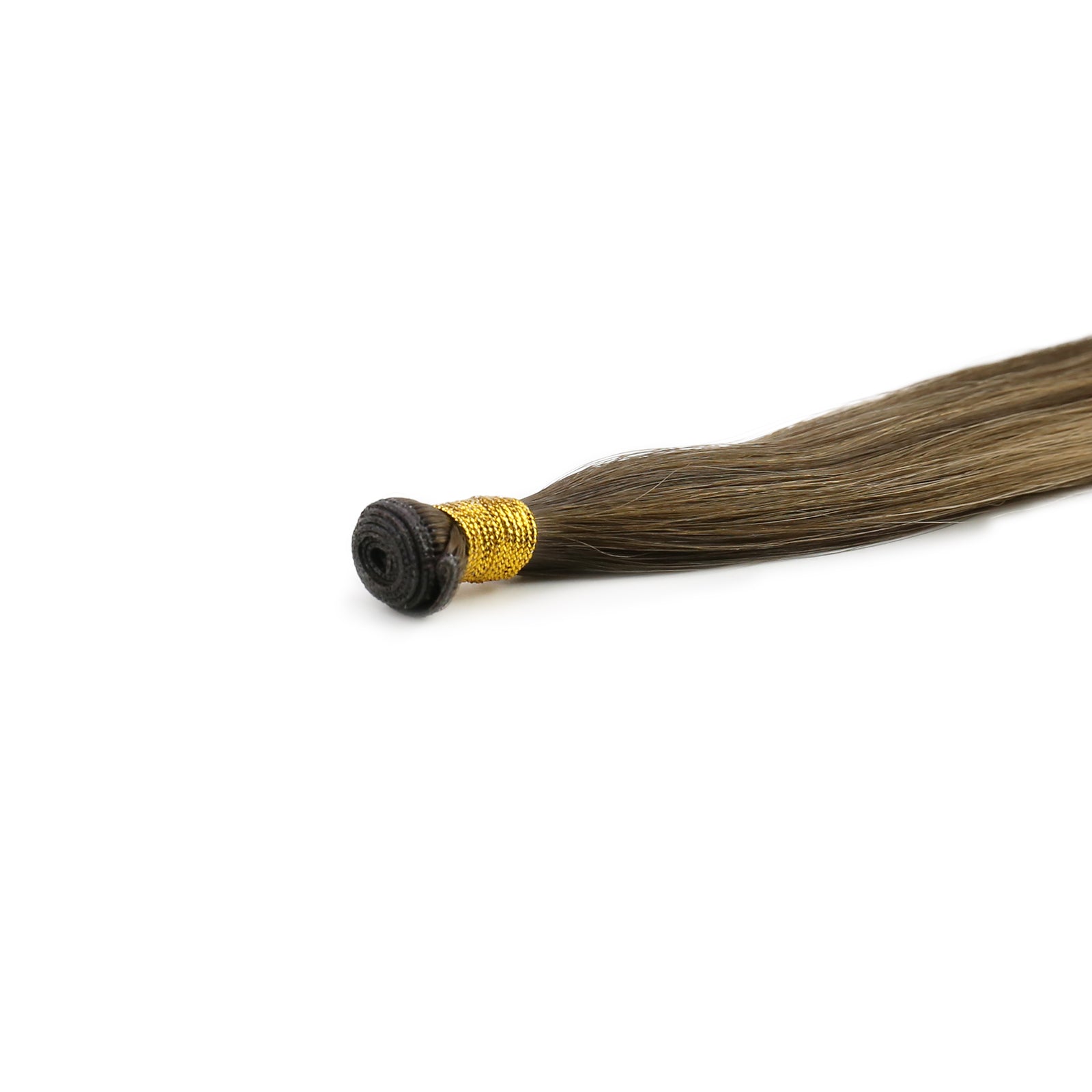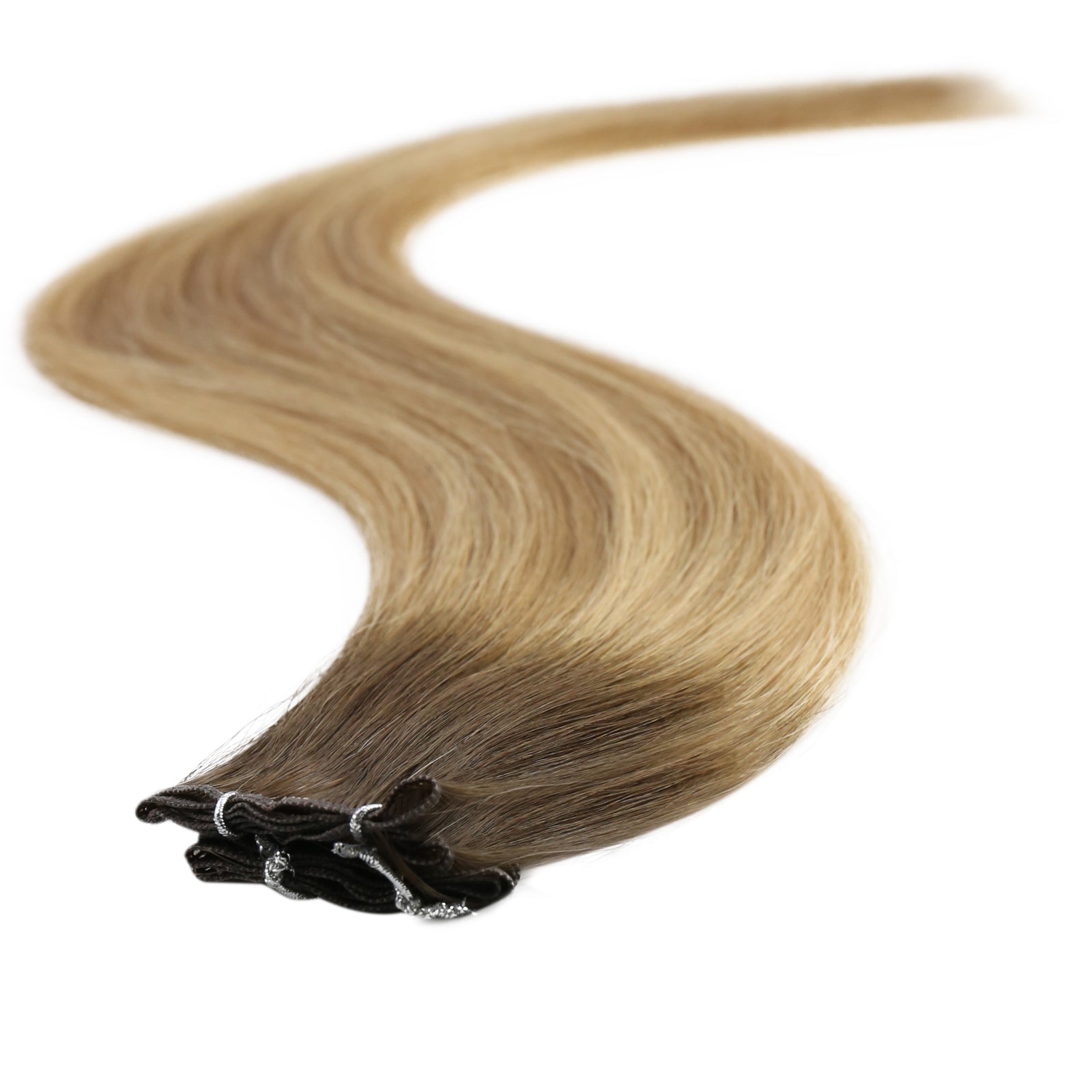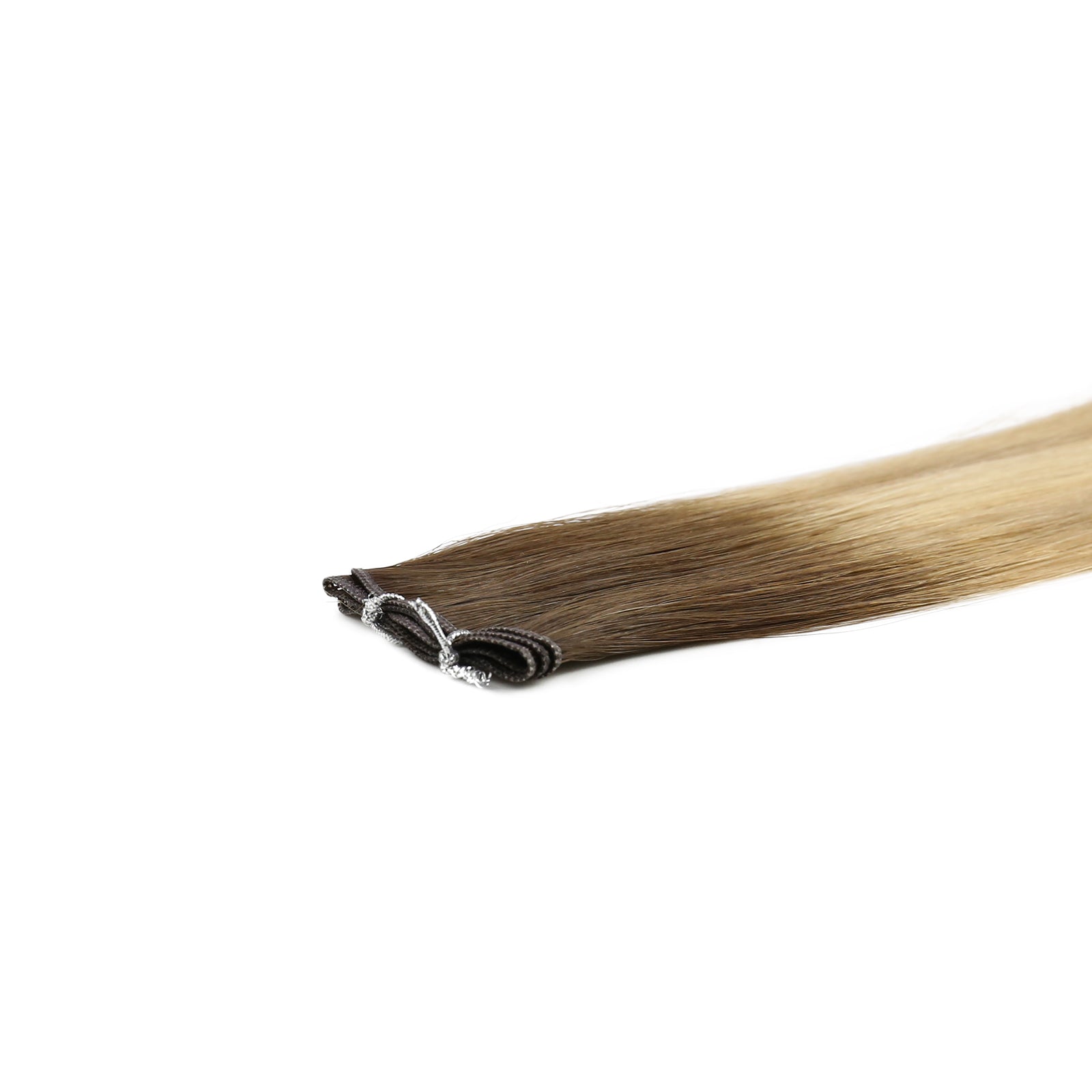Hair care is an essential part of our daily routine, and maintaining healthy hair can significantly boost our confidence. One common hair problem many of us face is split ends. Split ends can make our hair look frizzy, unhealthy, and unkempt, no matter how much effort we put into styling it. In this blog, we'll explore what split ends are, their causes, and practical tips on how to prevent split ends, ensuring your hair stays strong and beautiful.
What Are Split Ends?
Before learning how to prevent split ends, you need to know what they are and how they look, so you can better identify if you have split ends.
Split ends, scientifically known as trichoptilosis, occur when the protective outer layer of your hair, the cuticle, is damaged, causing the hair strand to split into two or more fragments. These splits can occur at the tips of the hair, but they can also develop higher up the hair shaft. How do they look like? Split ends often appear as frayed, uneven tips or tiny branches at the end of your hair. Below are various types of split ends.
-
Basic Split: The classic "Y" shape split at the end of the hair strand, indicating the initial stage of splitting.
-
Fork Split: More severe than the basic split, where the hair strand splits into multiple branches, often resembling a fork.
-
Tree Split: A split end with multiple branches resembling a tree, showcasing extensive damage along the hair shaft.
-
Knot Split: A tangled knot at the end of the hair strand, which can lead to breakage and is often caused by severe tangling or damage.
Additionally, some splits can even form in the middle of the hair strand, indicating extensive weakening and damage along the hair's length.
Are Split Ends Normal?
Yes, split ends are a normal part of hair growth and maintenance. Everyone experiences split ends at some point, regardless of hair type or length. While it's impossible to avoid split ends entirely, the goal is to minimize their occurrence and manage them effectively to maintain healthy-looking hair.
What Causes Split Ends?
Dealing with split ends can feel like a never-ending battle, but getting to know the various factors that cause split ends, you can actively shield your hair from these pesky intruders and maintain those gorgeous, healthy locks. Whether it’s daily habits or environmental exposure, understanding these elements gives you the upper hand in keeping your hair looking sleek and fabulous.
-
Mechanical Damage: Brushing or combing your hair too vigorously, especially when it's wet, can cause the hair strands to break and split. Using styling tools like hairdryers, curling irons, and straighteners without proper heat protection can also lead to mechanical damage.
-
Chemical Damage: Hair treatments such as coloring, perming, and relaxing involve harsh chemicals that weaken the hair structure, making it more prone to splitting.
-
Environmental Factors: Exposure to sun, wind, and pollution can strip your hair of its natural oils, leading to dryness and breakage.
-
Lack of Moisture: Dry hair is more susceptible to split ends. Not moisturizing your hair adequately or using products that strip away natural oils can contribute to dryness and splitting
Does Split Ends Stop Hair Growth?
Split ends do not actually stop hair growth, but they can make it appear as if your hair isn't growing. When you have split ends, the damaged hair tends to break off, resulting in shorter, uneven strands. This constant breakage can make it seem like your hair is stuck at the same length. In reality, your hair is still growing from the roots, but the damaged ends are preventing you from seeing the length you desire. To maintain healthy hair and promote visible growth, it's essential to trim split ends regularly. By doing so, you remove the damaged parts, allowing your hair to grow longer and stronger without the hindrance of breakage. Regular trims also help keep your hair looking neat and healthy, enhancing its overall appearance.
How to Trim Split Ends
To trim split ends, start with dry hair and section it into small parts. Using sharp hair cutting scissors, twist each section tightly. The split ends will stick out, making them easier to spot. Carefully trim just above the split ends. Alternatively, you can slide your fingers down the hair shaft to find and trim the damaged ends.
How to Prevent Split Ends
Preventing split ends requires a combination of good hair care practices and avoiding damaging habits. Here are some effective strategies to help keep your hair healthy and minimize the occurrence of split ends:
1. Regular Trims
Just like mentioned above, regular trims help you better maintain your hair. Schedule regular trims every 6-8 weeks to remove split ends before they travel up the hair shaft. This keeps your hair looking healthy and prevents further damage. Trimming off the damaged ends allows your hair to grow more uniformly and reduces the risk of further splitting.
2. Wash Hair Properly
Use sulfate-free shampoos and conditioners to avoid stripping your hair of its natural oils, which are essential for keeping it moisturized and resilient. When drying your hair, gently pat it with a soft towel instead of rubbing it vigorously, which can cause friction and breakage. Use a wide-tooth comb to detangle wet hair, starting from the ends and working your way up to avoid pulling and breaking the hair.
3. Shield from Heat
Limit the use of hot styling tools like hairdryers, curling irons, and straighteners. The intense heat from these tools can weaken the hair's protein structure, leading to splits and breakage. When you do use them, apply a heat protectant spray to minimize damage. Whenever possible, opt for air-drying your hair, or use the lowest heat setting on your tools to reduce exposure to damaging high temperatures.
4. Keep Hydrated
Keep your hair hydrated by using moisturizing shampoos and conditioners. Incorporate deep conditioning treatments into your routine at least once a week to nourish your hair and repair damage. Natural oils like coconut oil, argan oil, and olive oil can provide excellent moisture and protection. Applying a small amount of oil to the ends of your hair can help seal in moisture and prevent splits.
5. Protect Hair from Environmental Damage
Shield your hair from the sun, wind, and pollution by wearing hats or scarves when you're outdoors. UV rays can degrade the hair's protein structure, while wind and pollution can cause physical damage and weaken the hair shaft. UV protection sprays designed for hair can also help prevent damage from sun exposure, keeping your hair healthier and more resilient.
6. Healthy Diet
A balanced diet rich in vitamins and minerals supports healthy hair growth. Ensure you're getting enough vitamins A, C, D, and E, as well as biotin and omega-3 fatty acids, which are crucial for maintaining strong and healthy hair. Drinking plenty of water keeps your hair hydrated from the inside out, ensuring it remains supple and less prone to splitting.
7. Brush Hair Gently
Handle your hair with care to avoid unnecessary damage. Use a wide-tooth comb or a brush with soft bristles to detangle your hair gently, starting from the ends and working your way up. Avoid tight hairstyles that put stress on the hair shaft, such as tight ponytails or braids, which can cause breakage and splitting. Never pull or tug at your hair, especially when it's wet and more vulnerable to damage.
8. DIY Hair Masks
Treat your hair to a nourishing DIY hair mask to keep it hydrated and healthy. Here are a few simple recipes you can try at home:
-
Avocado and Olive Oil Mask: Mash one ripe avocado and mix it with two tablespoons of olive oil. Apply the mixture to your hair, focusing on the ends, and leave it on for 30 minutes before rinsing with lukewarm water. This mask is rich in vitamins and fatty acids that nourish and strengthen your hair.
-
Honey and Coconut Oil Mask: Combine two tablespoons of honey with two tablespoons of coconut oil. Warm the mixture slightly and apply it to your hair. Leave it on for 20-30 minutes, then rinse thoroughly. Honey helps to retain moisture, while coconut oil penetrates the hair shaft to repair damage.
-
Banana and Yogurt Mask: Blend one ripe banana with two tablespoons of plain yogurt. Apply the mask to your hair, leave it on for 20 minutes, and then rinse with cool water. Bananas are packed with vitamins and minerals that strengthen hair, and yogurt adds moisture and shine.
Conclusion
Maintaining healthy hair and preventing split ends requires a combination of regular maintenance, proper hair care practices, and a healthy lifestyle. By understanding what causes split ends and implementing the tips provided in this blog, you can keep your hair looking strong, shiny, and beautiful. Remember, healthy hair is a journey, not a destination. Embrace the process and enjoy the benefits of luscious, split-end-free hair.
Following these guidelines, you'll not only prevent split ends but also promote overall hair health. Regular trims, proper hair washing techniques, and a healthy lifestyle are the keys to maintaining beautiful, healthy hair. Don't let split ends hold you back from having the hair you've always dreamed of. Take charge of your hair care routine today and watch your hair transform!
